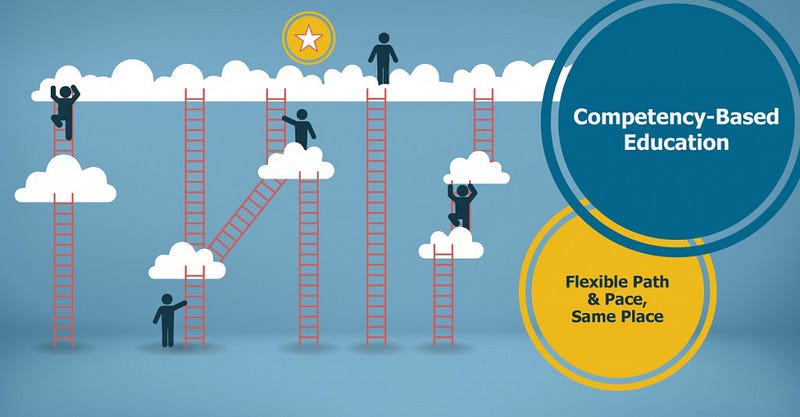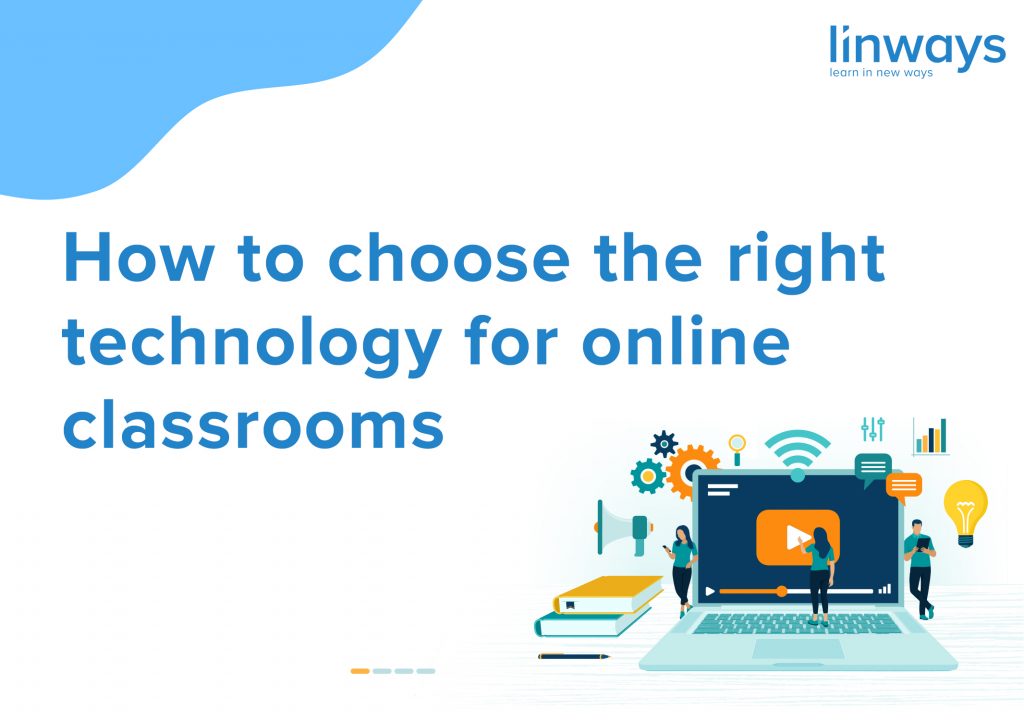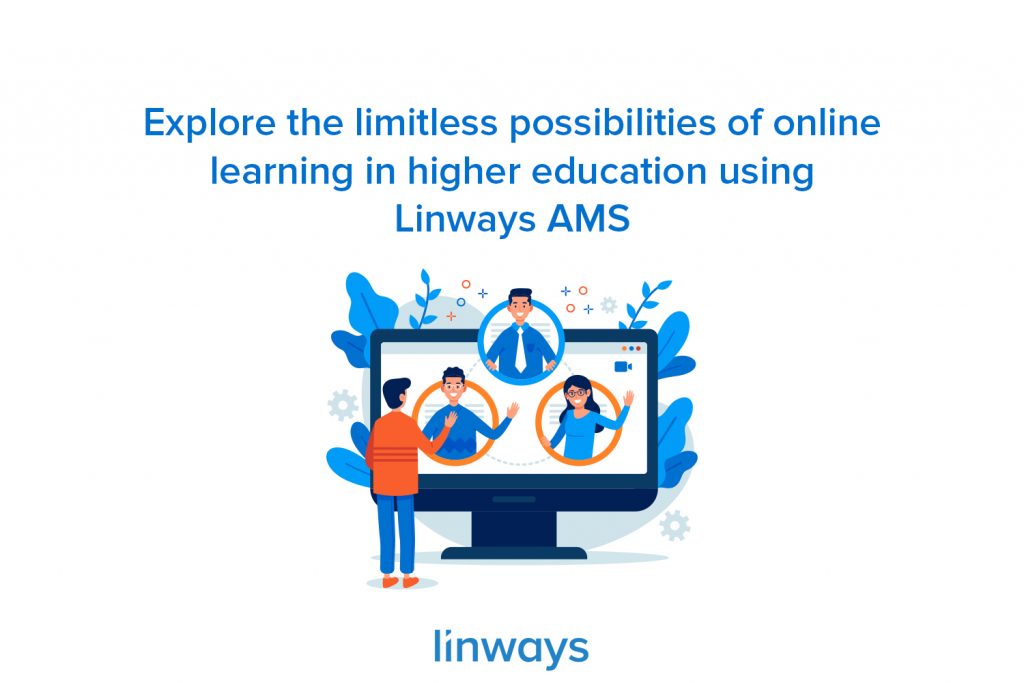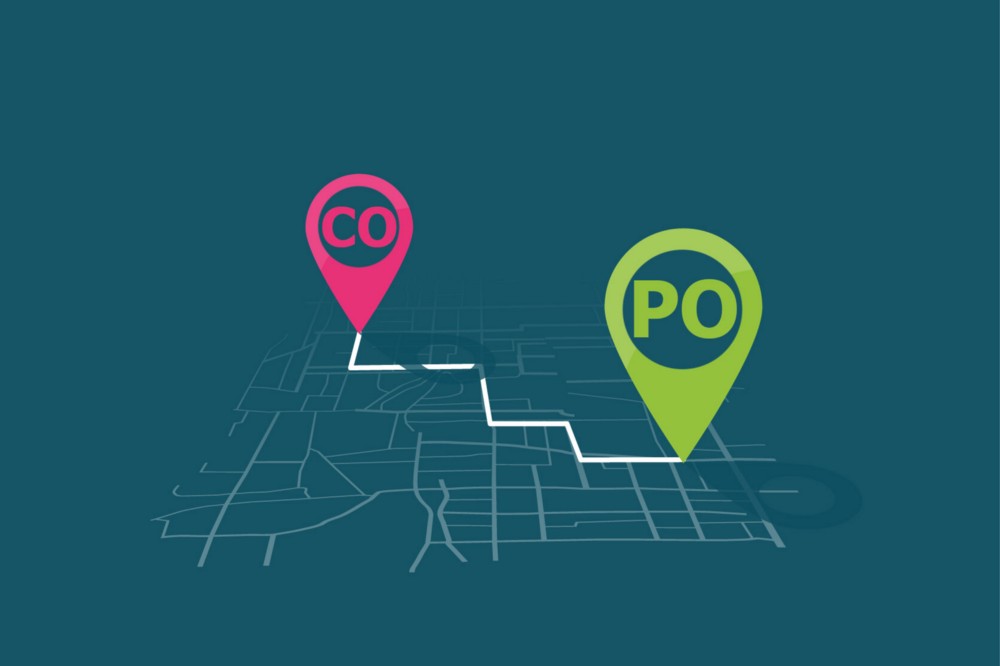
“Imagine if we could design the learning processes, specifically based on the competency, for each student. The results of education would be monumental”
What is Competency Based Education?
It’s an alternative mode of delivery in education that focuses on learner’s mastery of knowledge, ability, and skills. Working at their own pace, students may access a variety of learning materials; where activities are guided, and supported by faculty.
Competency Based Education (CBE) emphasises the mastery of distinct concepts, knowledge, and skills, regardless of how long it takes to achieve such mastery or where the mastery is achieved.
“Which means, the competence is acquired through what is learned by the student rather than what is taught to the student.”
To be more specific, Competency Based Learning, is introducing a little flexibility in awarding the credit during the assessment during the course/program.
This way, a person who has the competency to complete a course is a shorter span of time can do so, instead of staying on the course for a fixed duration until the course is completed. Also, the learner is brought to focus; not told what to learn, but given opportunities to learn what they want to.
How is it different
CBE may help address two important concerns about the future of independent higher education:
- Maintaining high standards for student learning,
- And containing student costs.
But CBE also represents a challenge to assumptions about curricula based on credit hours, sustained student-teacher interactions, and the traditional learning experience.
In a Competency Based model of education, the learning becomes fixed, where one has to have results to that they have learned. And as opposed to the traditional teaching methods, the time and duration of the course/program become a variable.
Pros and Cons on CBE
Below are some pros and cons to note when considering whether competency-based learning could be a good option.
Pros
- Customised pace: Even with a full-time job or family responsibilities, you may work as you like within the time constraints of the program you choose.
- Self-discipline: You are essentially in charge of when and where your education takes place. And the results are in how quickly you encounter, learn, and are assessed.
- Possibly accelerated program: Rather than credit hours based on a course, some programs may be completed as quickly as the student demonstrates competency in the subjects.
- It is not time consuming: CBE programs are considerably less time consuming than traditional programs because students don’t have to attend traditional classes.
- It is custom-made: Students usually have choices for how to be a specialist in content, and many CBE programs offer the chance for students to increase credit for preceding education.
- It is crystal clear: Unlike degrees, competencies are openly related to precise skills that students require to exhibit before processing. This makes the earned qualifications more helpful to employers, who can evaluate accurately what graduates of CBE programs are proficient in doing.
Cons
- Time management: The amount of time needed to learn each topic is unique to each student. Therefore, accomplishment is based on the time and effort one put in, and self-discipline and time management are required.
Which is why implementing CBE in the regular classrooms should be a carefully planned process.
- Less social interaction: Because competency-based learning students are not sitting in a classroom in the presence of classmates and a professor, one may feel the lack of a physical learning atmosphere.
However, the programs will connect the students with academic mentors, who will make helpful resources available.
CBE or OBE?
The Competency Based Education can also be considered as an optimised extension of the outcome Based Education. Essentially, both of them concentrates on the goals or outcomes the learners need to achieve by the end of the course or program. And just like OBE, CBE considers failures as part of the learning process and deals with it with more instructions, support, and re-assessment. Deciding the outcomes of the program or course beforehand is the standard method in both the cases. And the curriculum is improvised on the way based on the assessment results.
The future is here.
The online learning has definitely arrived. The recent markings of the online educational platforms like coursera, edx, and Khan Academy are just the beginning. The traditional education takes up too much of time and money for people who wants to learn specific skills, along with their career. Also, the school system doesn’t wait for those students who lags behind in the class.
And if not to blame, we would have to say that the current system just wasn’t designed for such sympathies. And, online education is providing a platform where one can learn at their own pace, on their own time.
And much like Flipped Learning, the technology is a crucial element in CBE. Online resources, accessibility and availability of the course contents, and flexible time management options to choose from are all important for a successful implementation of CBE.
Contemporary educational institutions are getting more into these online course creations and developing open courses than ever before. And as an upside, there are several experienced professional instructors who teach just a few batches of students each year. By developing open courses online, their expertise and experience can have a better reach to more students, bypassing infrastructural barriers. And the institutions can extend the reach of their programs, with those online ( paid or not) alternatives.
Making use of learning management systems which have incorporated CBE can be helpful to easily manage the various aspects of the program. It might also help to assess the students efficiently.
Here at Linways we encounter various issues of education on a daily basis. And we are constantly in search of mechanisms to improve the conditions and correct those issues. And whenever we come across any idea that could make a change, no matter how small it is, we dig deeper. Deep enough to see if it has the potential to solve the issues we face. And CBE is one of such.




